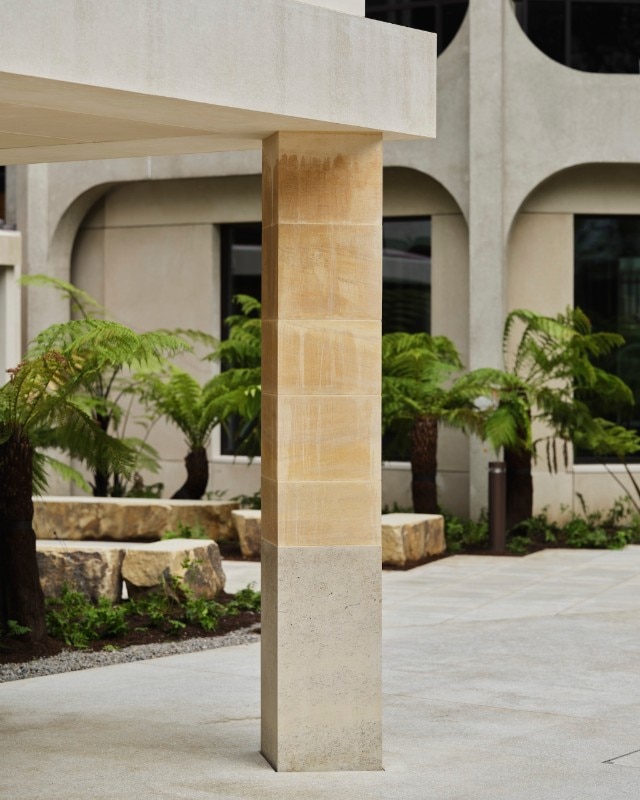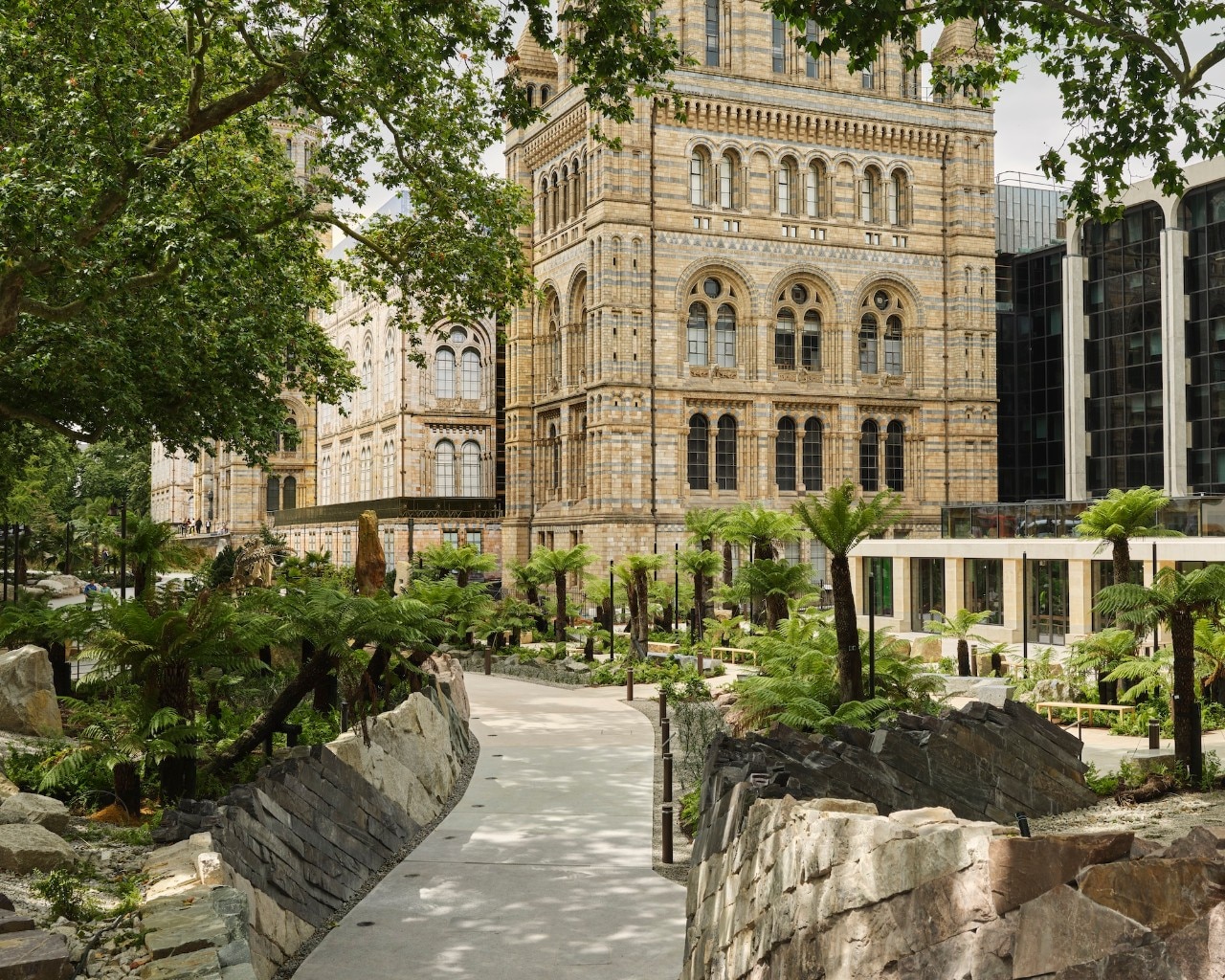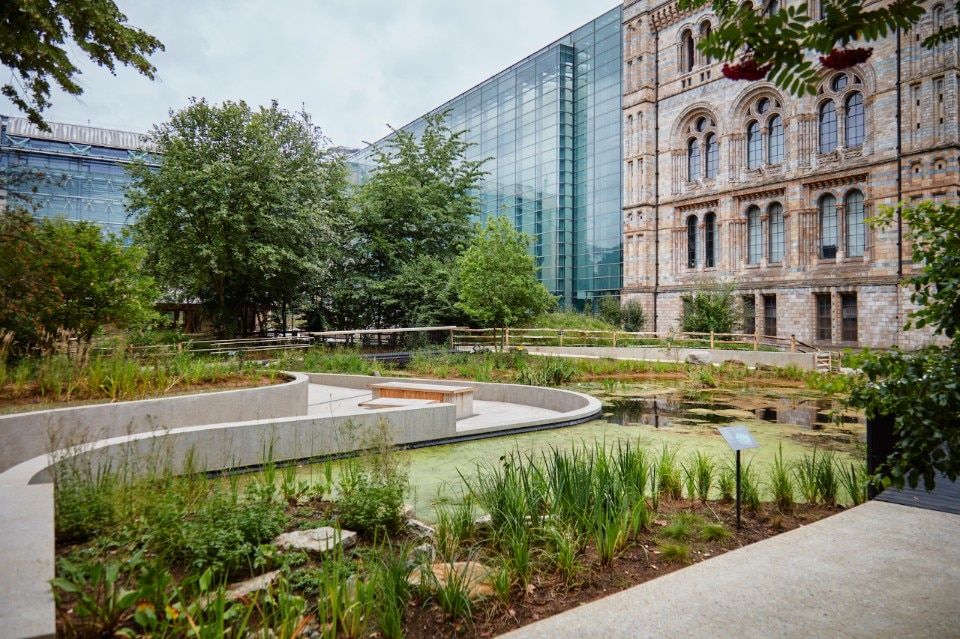In London, the iconic Natural History Museum opened its doors as of 18 July to its new gardens, creating a new open-access green space in the heart of the English metropolis. The project was conceived as a sustainable oasis capable of integrating landscape and architectural circumstances. Designed by architects Feilden Fowles and landscape architects J&L Gibbons, the landscape project is a fascinating evolutionary walk through deep time, from the first mosses and liverworts to the emergence of tree ferns and charcoal forests, to the arrival of flowers, savannas and finally woodlands, surrounding a lush pond rich in wildlife.

The Museum's Wildlife Garden has been expanded to double the area of native habitats within the park and the pond area has been increased by 60 per cent to better support the diversity of plant and animal life. Inside, the Evolution Garden is a trail that traces 2.7 billion years of our planet's history, told through a timeline of plants, rocks from different geological periods from around the UK and glittering representations of reptiles, birds and mammals.
Along the way, geological features mirror botanical chronology, showing how what lies beneath the ground has always influenced what grows above it. Banks of massive granite give way to gnarled lumps of pebble-encrusted puddingstone, a sign of higher temperatures 55 million years ago, when London was a subtropical forest.
Besides being a place where visitors can explore the diversity of life on Earth, the gardens are a living laboratory and one of the most intensively studied urban nature sites in the world. Scientists will observe wildlife and collect eDNA samples from the gardens. A network of 25 scientific sensors will also collect environmental and acoustic data — from underwater recordings in the pond to the buzzing of insect wings, from bird calls to traffic noise — to help them understand how urban nature is changing and what we can do to help it recover.



















